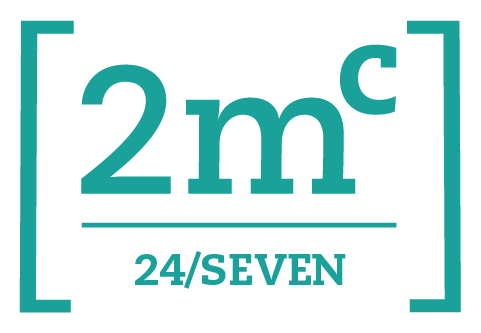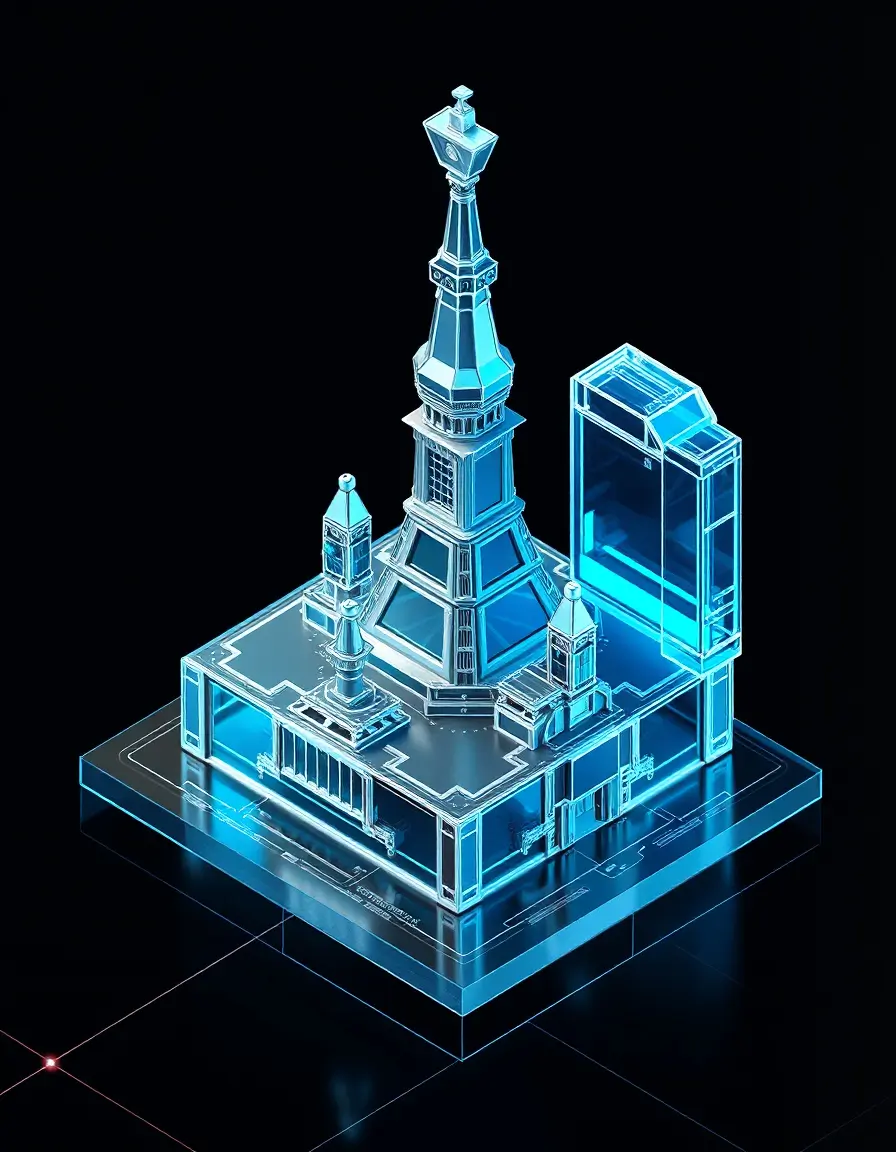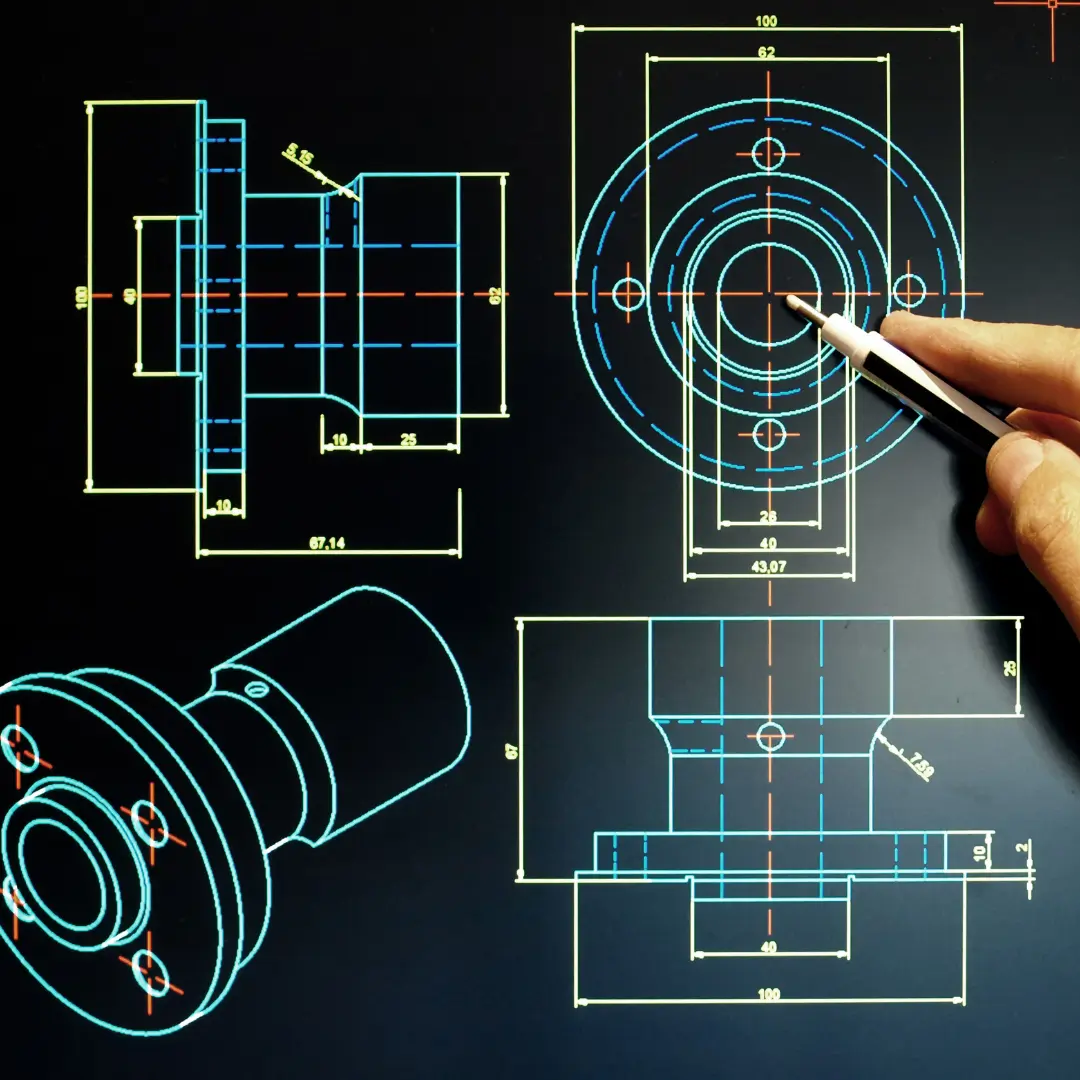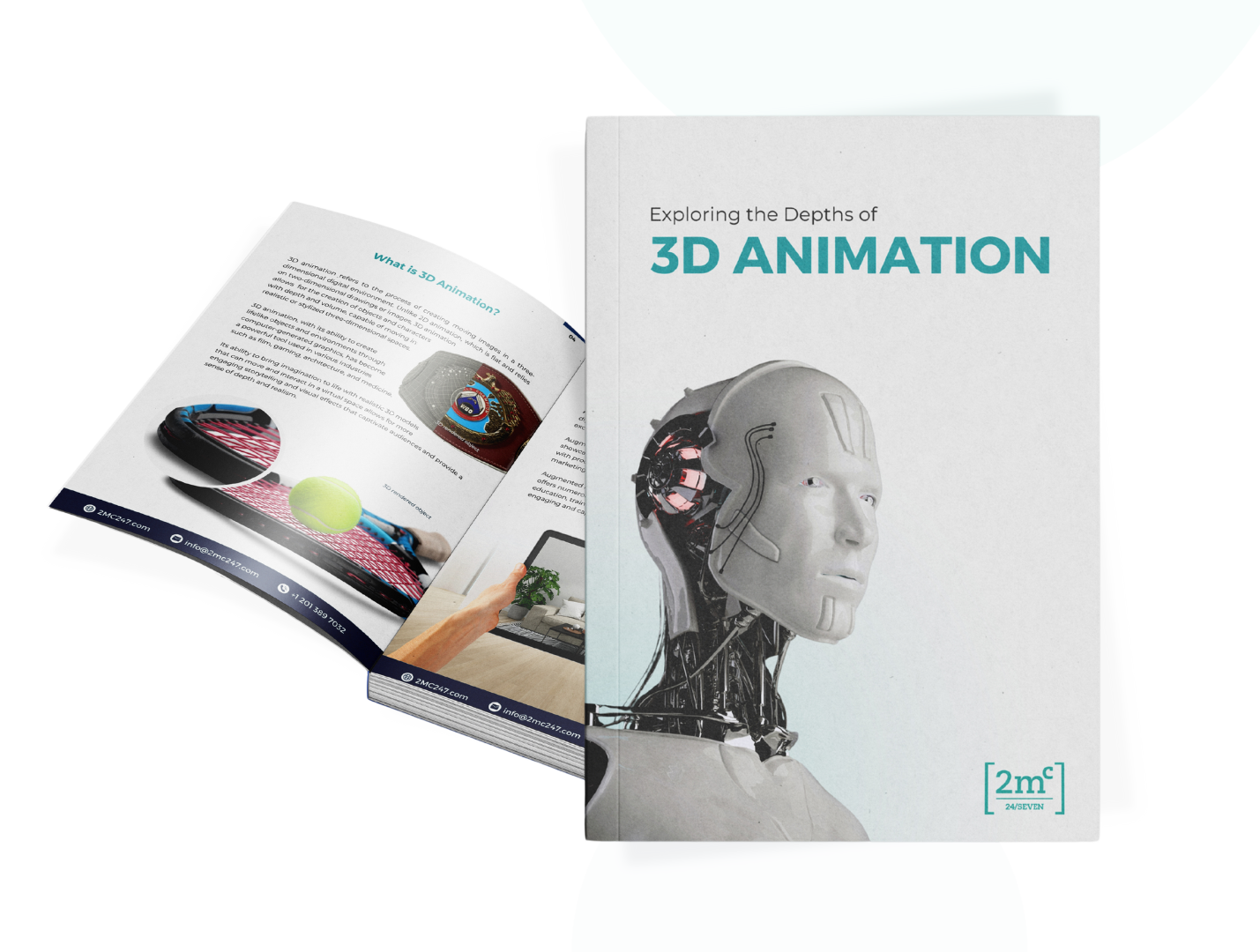For decades, designers, engineers, and architects relied on manual drafting techniques that, while effective, left room for human error and inefficiencies. The advent of Computer-Aided Design (CAD) changed the landscape, introducing a level of precision and automation that revolutionized industries worldwide. Today, 3D CAD technology has redefined design accuracy, speed, and innovation, enabling businesses to push the boundaries of what’s possible.
But how did we get here? Let’s explore the evolution of 3D CAD and how it transformed precision in design and drafting.
The Early Days: From Manual Drafting to 2D CAD
Before computers played a role in design, professionals relied on paper, pencils, and physical drafting tools like T-squares and protractors to create technical drawings. While this method worked, errors were costly, revisions were tedious, and achieving absolute accuracy was challenging.
In the 1960s, 2D CAD software emerged as a breakthrough solution, replacing hand-drawn blueprints with digital representations. Engineers could now make instant modifications, save multiple versions of a design, and work with greater accuracy—a significant leap forward for industries like architecture and manufacturing. However, while 2D CAD improved efficiency, it still had limitations in visualizing complex structures and objects.
The Shift to 3D CAD: A New Era of Design Precision
The real transformation came with the introduction of 3D CAD modeling in the late 20th century. With 3D CAD, designers could build virtual prototypes, visualize projects from every angle, and test components in a simulated environment before physical production. This shift provided several key advantages:
✅ Greater Accuracy and Detail
3D CAD models eliminate interpretation errors that were common with 2D drawings. Every component is designed with exact dimensions, tolerances, and material properties, reducing miscalculations.
✅ Faster Design Iterations
Engineers can quickly adjust designs, apply changes across multiple components, and experiment with different configurations without starting from scratch. This accelerated product development cycles and reduced costly errors.
✅ Enhanced Collaboration and Real-Time Editing
Modern 3D CAD software enables real-time collaboration between teams, departments, and even global offices. Designers, engineers, and manufacturers can work together seamlessly, ensuring that all stakeholders align before production begins.
✅ Integration with Advanced Technologies
Today’s 3D CAD software is more than just a drafting tool. It integrates with AI-driven automation, simulation software, 3D printing, and even Virtual Reality (VR) to create a more immersive design experience. Engineers can now run stress tests, simulate real-world conditions, and refine products before they reach the market.

How 3D CAD is Reshaping Industries
The impact of 3D CAD extends across multiple industries, each benefiting from its precision and efficiency.
- Manufacturing & Engineering – Automates prototyping, reduces material waste, and enhances production efficiency.
- Architecture & Construction – Facilitates Building Information Modeling (BIM), ensuring accurate site planning and structural integrity.
- Automotive & Aerospace – Allows for highly detailed component testing, weight optimization, and aerodynamics analysis.
- Healthcare & Biomedicine – Advances the development of custom prosthetics, medical devices, and even human tissue engineering.
The continued evolution of 3D CAD means better innovation, faster production, and unparalleled accuracy, making it a critical tool for businesses striving to stay ahead in competitive industries.

The Future of 3D CAD: What’s Next?
As technology advances, AI and automation are expected to further refine 3D CAD workflows. Emerging trends such as:
- AI-assisted design – Suggesting optimizations based on real-world performance data.
- Cloud-based CAD platforms – Enabling instant access and real-time collaboration from anywhere.
- Augmented & Virtual Reality integration – Allowing designers to interact with their models in a fully immersive 3D environment.
The journey of CAD—from 2D blueprints to sophisticated 3D modeling—is far from over. As industries demand faster, more precise, and cost-effective solutions, 3D CAD will continue to be at the forefront of innovation.
Experience Cutting-Edge 3D CAD Precision with 2MC 24/7
At 2MC 24/7, we specialize in high-quality 3D modeling, rendering, and visualization services tailored for businesses that demand precision and efficiency. Whether you’re in architecture, retail, or manufacturing, our expert team ensures that your designs come to life with unmatched accuracy and speed.
💡 Need top-tier 3D CAD solutions? Let’s discuss how our services can transform your design and production process. Contact us today!





